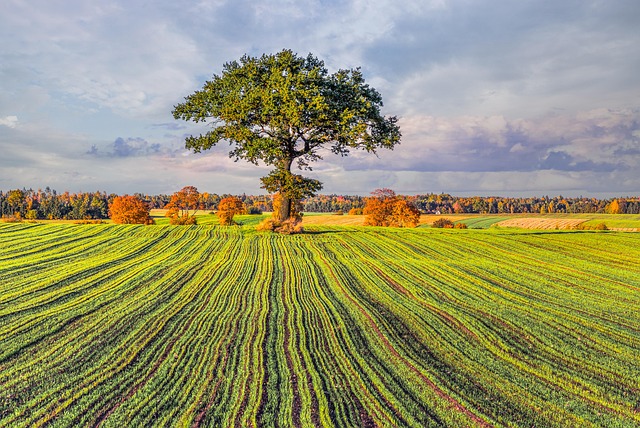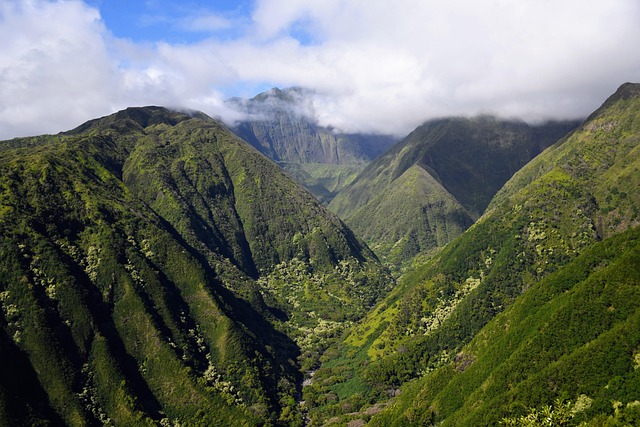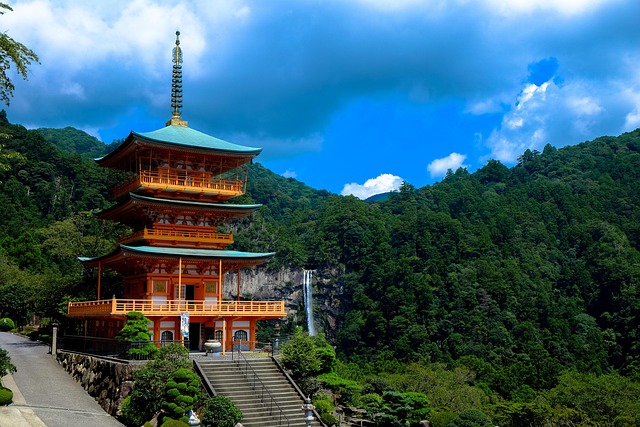
Immigration Routes
Introduction
Immigration routes represent a complex web of pathways that individuals and families traverse in search of safety, opportunity, and a better life. These routes are shaped by a myriad of factors, including conflict, economic instability, and environmental changes. Understanding these routes is essential for grasping the broader implications of global migration trends.
Key Migration Routes
Migration routes are not static; they evolve in response to geopolitical shifts, humanitarian crises, and changing policies. The following are some of the most significant immigration routes currently in use:
- The Mediterranean Route: This route is primarily used by migrants fleeing conflict in the Middle East and North Africa. Many embark from Libya or Turkey, aiming to reach Italy or Greece. The perilous journey across the Mediterranean Sea has resulted in numerous tragedies, highlighting the urgent need for international attention and intervention.
- Central American Route: Individuals from countries such as Honduras, El Salvador, and Guatemala often traverse Mexico to reach the United States. This route is fraught with danger, including violence from gangs and exploitation by human traffickers.
- The Horn of Africa Route: With nearly one million Somali refugees, this route is critical for those fleeing conflict and famine. Migrants often travel through Ethiopia and Sudan, facing harsh conditions and significant risks along the way.
- South Asian Route: Countries like Bangladesh and Myanmar are sources of significant migration due to ethnic conflicts and persecution. Many seek refuge in Malaysia and other Southeast Asian nations, often facing treacherous sea voyages.
Factors Influencing Migration
Several factors contribute to the decision to migrate, including:
- Conflict and Violence: Ongoing wars and civil unrest compel individuals to flee their homes in search of safety.
- Economic Opportunities: Many migrants seek better job prospects and living conditions, often driven by poverty in their home countries.
- Environmental Changes: Climate change and natural disasters have increasingly become catalysts for migration, forcing communities to relocate.
The Role of Smugglers
Smugglers play a significant role in facilitating migration along these routes. While they provide a means for individuals to escape dire situations, their services often come at a high cost, both financially and in terms of safety. Migrants may find themselves vulnerable to exploitation, abuse, and even human trafficking.
International Response
The global response to migration is varied and often contentious. Some nations have implemented strict immigration policies, while others have embraced more humanitarian approaches. International organizations, such as the United Nations High Commissioner for Refugees (UNHCR), work to provide assistance and protection to those in need, advocating for the rights of migrants and refugees.
Conclusion
Understanding immigration routes is crucial for addressing the challenges and opportunities presented by global migration. As the world continues to grapple with issues of displacement and resettlement, a comprehensive approach that considers the complexities of these routes is essential for fostering a more equitable and just global society.

















 Magnetars Wikipedia
Magnetars Wikipedia 
 Health
Health  Fitness
Fitness  Lifestyle
Lifestyle  Tech
Tech  Travel
Travel  Food
Food  Education
Education  Parenting
Parenting  Career & Work
Career & Work  Hobbies
Hobbies  Wellness
Wellness  Beauty
Beauty  Cars
Cars  Art
Art  Science
Science  Culture
Culture  Books
Books  Music
Music  Movies
Movies  Gaming
Gaming  Sports
Sports  Nature
Nature  Home & Garden
Home & Garden  Business & Finance
Business & Finance  Relationships
Relationships  Pets
Pets  Shopping
Shopping  Mindset & Inspiration
Mindset & Inspiration  Environment
Environment  Gadgets
Gadgets  Politics
Politics 